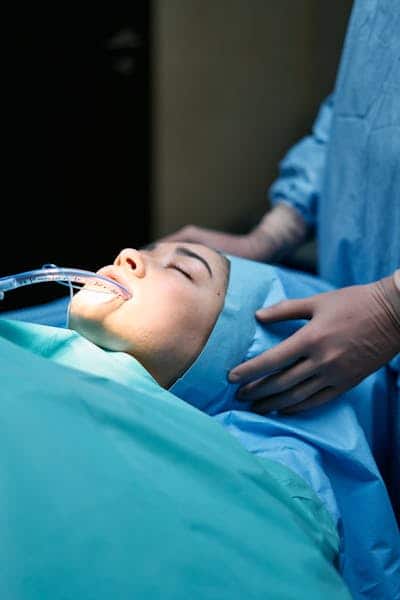Plasticisers are essential additives used to make PVC (vinyl) flexible, which is critical for a wide range of medical applications, from IV tubes and masks to bags and catheters. While historically some concerns have been raised about specific plasticisers, the industry has made significant advances in safety and regulatory compliance.

From DEHP to Safe Alternatives
For decades, DEHP (Di(2-ethylhexyl) phthalate) was the dominant plasticiser in medical PVC. Today, the industry has largely transitioned to alternative plasticisers that meet stringent safety standards under EU's REACH and the EU Medical Device Regulation (MDR).
The Four Approved Alternatives
hese four plasticisers are listed in the European Pharmacopoeia as approved for use in medical devices:
- DEHT / DOTP – Di(2-ethylhexyl) terephthalate
- DINCH – 1,2-Cyclohexane dicarboxylic acid diisononyl ester
- BTHC – Butyryl tri-n-hexyl citrate
- TOTM – Tris(2-ethylhexyl) trimellitate
They have been in use for more than 20 years and are not classified as hazardous under the CLP Regulation. All have undergone extensive toxicological testing and benefit-risk assessments.
Regulatory Compliance and Safety Testing
Under REACH, manufacturers must provide robust safety data before placing substances on the market. These dossiers are regularly updated, and substances may be reviewed by ECHA at any time.
In parallel, under the EU Medical Device Regulation, plasticisers used in medical devices must pass comprehensive assessments including:
Acute toxicity
Skin and eye irritation
Sensitisation
Repeat-dose toxicity
Genotoxicity
Carcinogenicity
Reproductive and developmental toxicity
Endocrine disruption
These assessments are supported by multiple independent evaluations, including those by:
Scientific Committee on Emerging and Newly-Identified Health Risks (SCENIHR)
European Food Safety Authority (EFSA)
French Agency for Food, Environmental and Occupational Health & Safety (ANSES)
Danish Environmental Protection Agency
Swedish Chemicals Agency
US NSF
US Consumer Product Safety Commission
Australian Inventory of Chemical Substances (AICS)
Biomonitoring studies confirm that human exposure to these alternatives remains far below safety thresholds, which include a 100-fold margin of protection.
DEHP in Blood Bags: A Unique Challenge
While safe alternatives have replaced DEHP in most medical applications, blood bags remain an exception. Since the 1950s, only DEHP-plasticised PVC has been validated to preserve blood for up to 49 days—an essential requirement, particularly for rare blood types.
The industry is actively working with European blood banks to validate DEHP-free blood bags that maintain the same blood quality and shelf life. This work is crucial in preparation for the 2030 sunset date for DEHP in medical devices.


Scientific Oversight: The Role of the European Pharmacopoeia
Some stakeholders have raised questions about how substances are approved for use in the European Pharmacopoeia. The EDQM (European Directorate for the Quality of Medicines & Healthcare), part of the Council of Europe, oversees this process.
The EDQM ensures impartiality and scientific rigour through:
- Transparent procedures based on peer-reviewed evidence
- Public consultation via Pharmeuropa
- Expert groups nominated by member states
- Conflict of interest declarations
- Ongoing reviews to reflect the latest science
The EDQM's sole focus is patient safety!
Additives in Alternative Materials
Some propose eliminating vinyl in favour of materials that do not require plasticisers. However, this does not eliminate the use of additives altogether. Many plastic alternatives require different additives—some of which may migrate and pose their own risks.
More than 16,000 substances are used throughout the lifecycle of plastics, and 25% of these meet the EU’s criteria for persistence, bioaccumulation, and toxicity.
The European Chemicals Agency (ECHA) and the European Commission’s DG Environment highlight the risks of regrettable substitution, where replacing one material introduces new or worse hazards.
Replacing vinyl with other plastics does not automatically result in safer outcomes—and may create new challenges.

